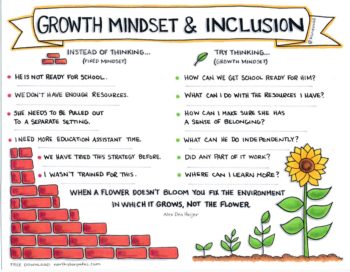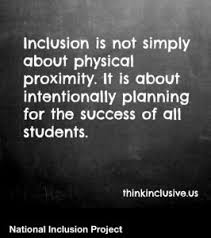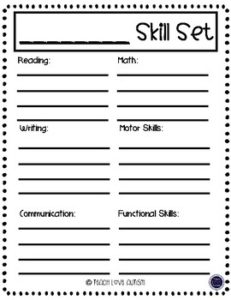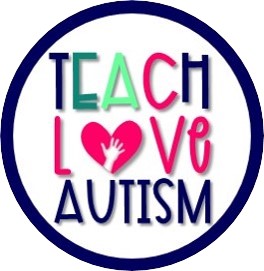Helping Paraprofessionals THRIVE in Inclusion
Sharing is caring!
Over the few years I have worked in special education I have seen the rise in our field to push students out into inclusion classes. This post is not meant to cause a debate about whether inclusion is good or bad. If you want my opinion, I feel that with the proper support ANY student could be included in any class. This being said “proper” support isn’t always provided and sometimes isn’t provided at all.

With all that being said, when students (especially ones with severe disabilities) are in inclusion classes of any kind there is a definite need for assistance. In many cases, at least in the district I work in, that comes from paraprofessionals. I have some of the best paraprofessionals around and at times they still struggle with how to make inclusion work for the students in my class. I used to think that it should come easy or naturally to them, and it didn’t. So I had to come up with ideas that would help them.
I first looked at the classes that my students were included in, and for my students that was gym, health, art, music, and technology. Although I have also had students included in core subject classes as well. I decided to take the time to meet with the teachers of those classes and try to get an overview of what was expected by the regular education students whether it was to play basketball, build a sculpture, or type a paper. This then helped me to differentiate and come up with a plan for what my students could do, knowing their abilities that could qualify them for participation and grades. So here are examples of how I worked the skills I mentioned earlier and differentiated them so my students could receive credit in the class:
Play basketball: dribble the ball, pass to a para, roll the ball, catch a bounce pass, touch the basketball when presented with a basketball and a volleyball, put the basket ball in a hoopla hoop.
Build a sculpture: roll the clay, flatten the clay, make letters or shapes with clay, touch clay when presented with another art item for identification, make 3D shapes.
Type a paper: type your name, type sight words, type a letter after being told, identify technology items on picture cards, manipulate a mouse, turn on computer, play typing games.
As you can see there are many ways to adapt but your paraprofessionals might not be able to do it as quickly or on the fly like you can. There have been days where I struggle to do it. So knowing what is going on in the class and helping them by giving ideas is important.
Another thing you can do is go to the class for a short time period and model for your paraprofessionals and show them what you expect from them out in inclusion. Sometimes seeing things in action is the best way to learn them.
Lastly, providing both the paraprofessionals and the regular education teachers a list of general skills that each student can do is very helpful. It could be as simple as this:
Ashley’s Skill Set
Matching
Counting up to 10
Sorting
Answering Questions
Jacob’s Skill Set
Identifying Objects
Answering Yes/No Questions
Labeling items
Addition and Subtraction
Writing Simple Sentences
This simple list can help those in the room with those students the ability to make the class more meaningful and functional for the student.
And now a FREEBIE! Click here for a chart you can fill in to list the skills your students can do.





